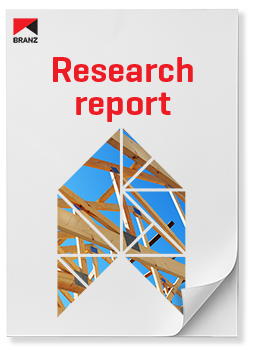
SR83 Quantitative risk assessment methods for determining slope stability in the building industry (1999)
Product Description
Traditionally, geotechnical practitioners have relied heavily on experience-based judgement to assess whether the stability of a slope is adequate to allow development, complemented by the use of numerical techniques such as the factor of safety concept to provide reassurance.
New techniques, which have arisen out of other areas such as the nuclear and hazardous waste industries and dam safety, are now available to assist geotechnical practitioners in quantifying the uncertainty associated with the stability of slopes. These techniques use both numerical methods and/or subjective judgement to assist in quantifying the uncertainties inherent in any system such as a slope and are collectively referred to as quantitative risk assessment (QRA).
The main benefit of QRA is that all cause and effect relationships associated with slope instability can be taken account of, which is not the case with conventional analyses that emphasise the probability of failure rather than the consequences. QRA also facilitates a structured approach to understanding slope processes and the consequences of failure.
The numerical expression of risk allows the best estimate of the stability of a slope to be communicated in terms readily understood by lay personnel so that land owners, developers and regulators are able to understand the risks on which to base their development and planning decisions.
Product Information
| Publication date | 1999 |
|---|---|
| Author | Riddolls and Grocott Ltd |
| System number | SR083 |